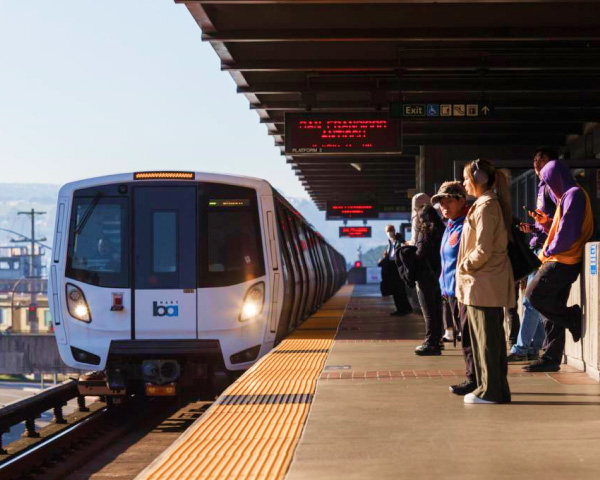On Wednesday California will likely revise its drought rules, ending a year of local conservation quotas handed down by the state.
The water board will abandon its formula — decried by some local agencies as a “one-size-fits-all” model — which required each water district to curb water use by a certain state-mandated percentage and instead, let districts determine how much they should save.
It won't be a free-for-all. Under the staff proposal being considered today by the State Water Resources Control Board, local suppliers would need to apply hypothetical “stress tests.” Their savings targets would then be based on anticipated water shortfalls over the next three years — assuming the next three mimic the last three in terms of water demand and drought conditions.
“We're making a shift that recognizes the supply conditions have improved,” said the water board's Max Gomberg. “We're setting up something that is going to be in place, really, for the future.”
The state water board says it's partially reacting to more than 150 disgruntled letters it received. But however maligned, the emergency system of state-imposed quotas largely worked.

